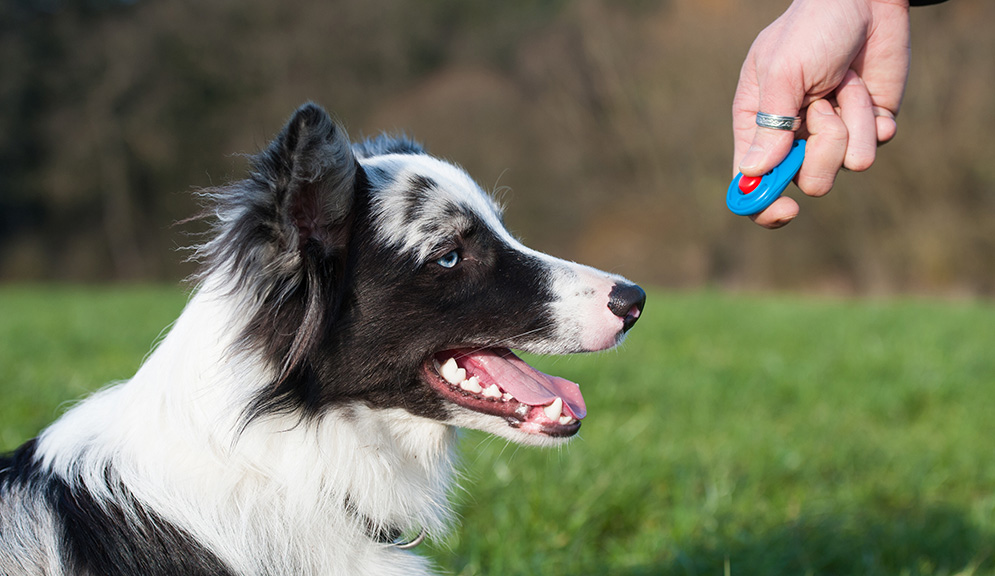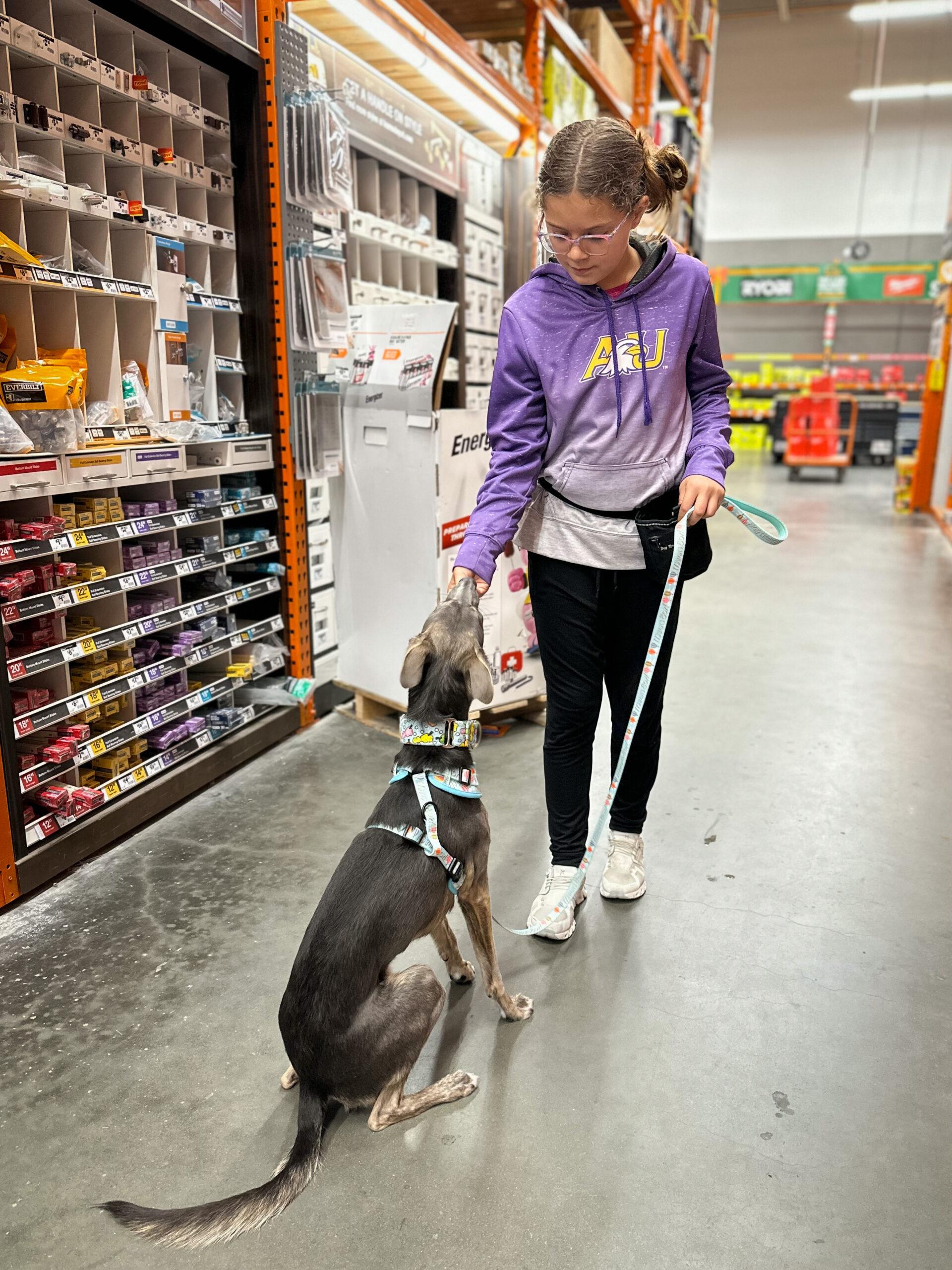Top Pet Educating Methods Every Owner Must Know

Positive Support Strategies
Utilizing positive reinforcement techniques is vital for efficient pet training, as it cultivates a relying on bond in between the dog and the fitness instructor. This technique concentrates on rewarding desirable actions instead of penalizing unwanted ones, creating an atmosphere for finding out. Incentives can include deals with, praise, or play, which motivate pets to duplicate the behaviors that earn them these rewards.

Additionally, this strategy improves the pet's interest for training sessions. They are much more engaged and responsive when dogs connect training with favorable experiences. Dog training. Past immediate habits modification, positive reinforcement urges a collaborative partnership between the pet dog and instructor, minimizing anxiety and concern
To optimize efficiency, it is crucial to supply incentives quickly, making sure the pet dog links the actions with the reinforcement. Essentially, positive reinforcement methods not just yield better-trained canines however also promote an unified partnership between canine and proprietor.
Remote Control Training Approach
The clicker training approach is an extremely efficient technique that develops upon the principles of positive support by including a distinctive sound to mark desired behaviors. This approach uses a little portable gadget that produces a clicking sound, allowing trainers to interact with their pets in a clear and immediate manner. When a pet dog carries out a habits that the owner wishes to motivate, the clicker is activated, complied with by a reward, generally in the type of treats or appreciation.
The key to effective remote control training lies in consistency and timing. It is crucial to click at the precise minute the wanted actions occurs, ensuring that the canine associates the noise with the action and the subsequent incentive. This approach not just improves interaction however also promotes a stronger bond between the pet dog and the proprietor, as it motivates engagement and communication during training sessions.
Clicker training can be related to a selection of commands and habits, from standard obedience to more intricate methods. Its convenience and performance make it a favored technique amongst expert instructors and family pet proprietors alike, leading the way for a responsive and well-trained canine buddy.
Leash Training Basics
Reliable leash training is crucial for guaranteeing a pleasurable and risk-free walking experience for both pets and their owners. A flat collar may function for some pet dogs, while others may benefit from a harness that lowers drawing.
Present your dog to the leash gradually, permitting them to discover it in a comfy atmosphere. Once they are accustomed, practice loose-leash walking. This entails fulfilling your pet dog for strolling next to you as opposed to drawing in advance. Use treats and praise to strengthen preferred actions, and be sure to continue to be assertive and calm.
If your pet dog starts to draw, stop strolling instantly. Wait up until they return to your side before returning to. This educates them that pulling does not result in progress. Additionally, technique numerous walking environments to assist your pet dog adjust to interruptions.
Normal technique will solidify your dog's understanding of why not check here chain decorum. Bear in mind that chain training is a continuous procedure; persistence and consistency will certainly produce the finest results, cultivating a favorable experience for both you and your canine companion.
Socializing Techniques
Socializing is a vital aspect of canine training that must preferably start throughout puppyhood however can be beneficial at any type of age. Reliable socialization aids dogs establish self-confidence and decreases the possibility of behavior problems. To execute successful socializing approaches, reveal your pet to a selection of environments, individuals, and other pets.
Begin with regulated setups, such as young puppy classes or organized playgroups, where young pets can engage safely. Gradually introduce your pet dog to new experiences, including various sounds, surface areas, and tasks. Make certain these encounters are favorable and rewarding to establish a complacency.
For grown-up dogs or those lacking exposure, begin with low-stress scenarios. Short, positive interactions with tranquil pets and pleasant human beings can develop positive associations. Use treats and appreciation to enhance preferable behaviors throughout these experiences.

Uniformity and Patience
Acknowledging the relevance of consistency and perseverance in canine training is important for achieving lasting results. Training a canine is a progressive procedure that calls for a structured method and unwavering commitment from the owner. Each command or habits need to be strengthened constantly to assist the dog comprehend what is anticipated of them. Irregular training can lead to confusion, making it tough for the pet dog to comprehend behaviors or commands, inevitably hindering progress.
Pets, like human beings, learn at their own pace. This cultivates a trusting relationship between the pet and owner, urging a more passionate and willing learner.
To cultivate consistency and patience, develop a regular training routine, utilize the same commands, and make sure that all anonymous relative use the same training concepts - Dog training. By doing so, you develop a secure environment for learning, permitting your canine to create and prosper into a mannerly he has a good point buddy
Verdict
Finally, efficient pet training strategies, such as positive support, clicker training, and correct chain training, are essential for promoting a healthy owner-dog relationship. Additionally, implementing socializing approaches and maintaining consistency and persistence throughout the training process contributes significantly to a pet's overall health. By incorporating these methods, dog proprietors can promote the development of well-adjusted, loyal animals, inevitably enhancing the high quality of life for both the owner and the canine.
Amongst the most popular techniques are favorable reinforcement, remote control training, and leash training, each offering unique benefits that contribute to a well-behaved dog. As we check out these basic methods, it ends up being evident that mastering their nuances can considerably affect the training experience and the pet's general habits.Utilizing positive support strategies is vital for effective dog training, as it promotes a trusting bond in between the fitness instructor and the canine.In verdict, efficient pet dog training strategies, such as favorable reinforcement, remote control training, and appropriate chain training, are necessary for fostering a healthy owner-dog partnership. By incorporating these approaches, pet proprietors can help with the development of well-adjusted, loyal family pets, inevitably improving the high quality of life for both the proprietor and the dog.